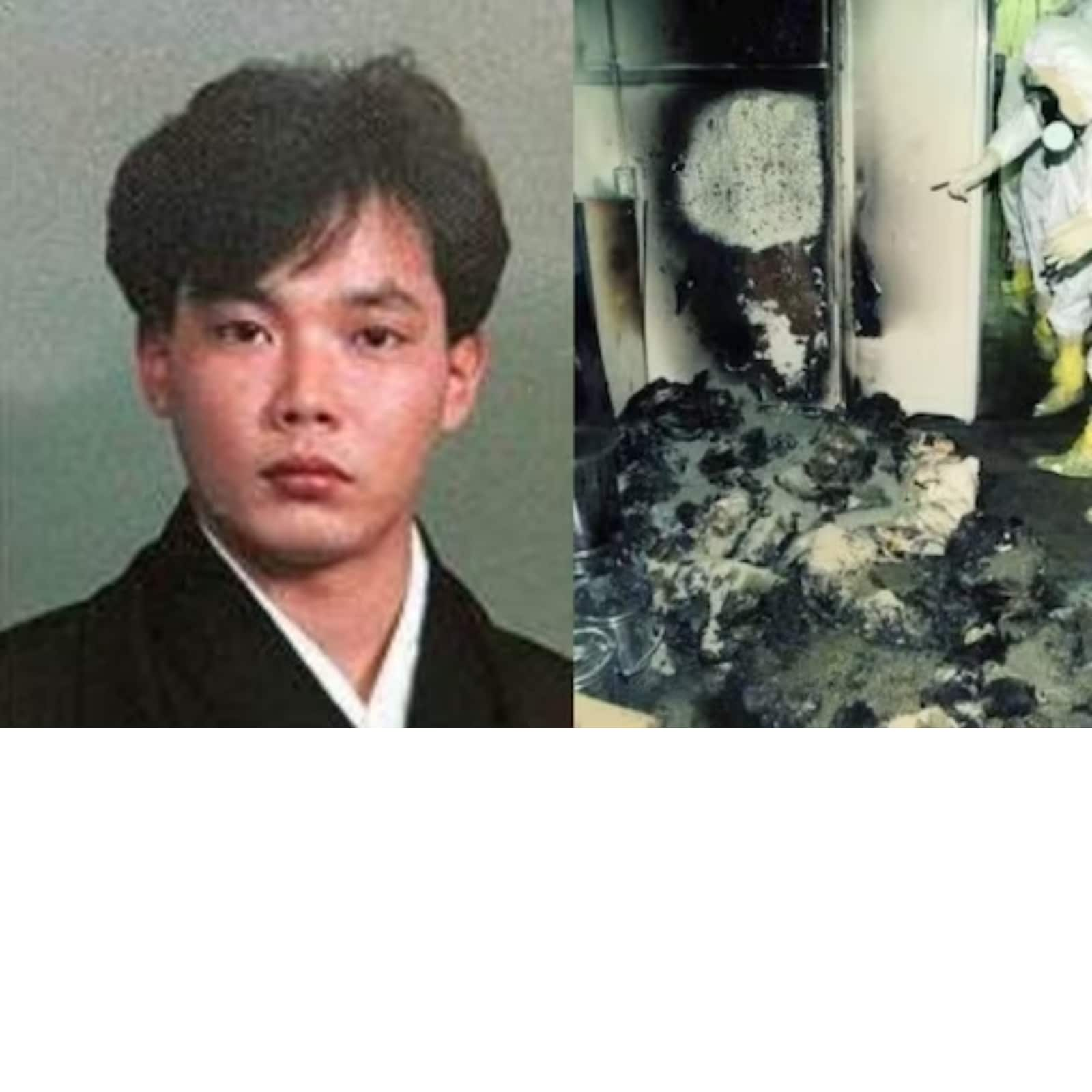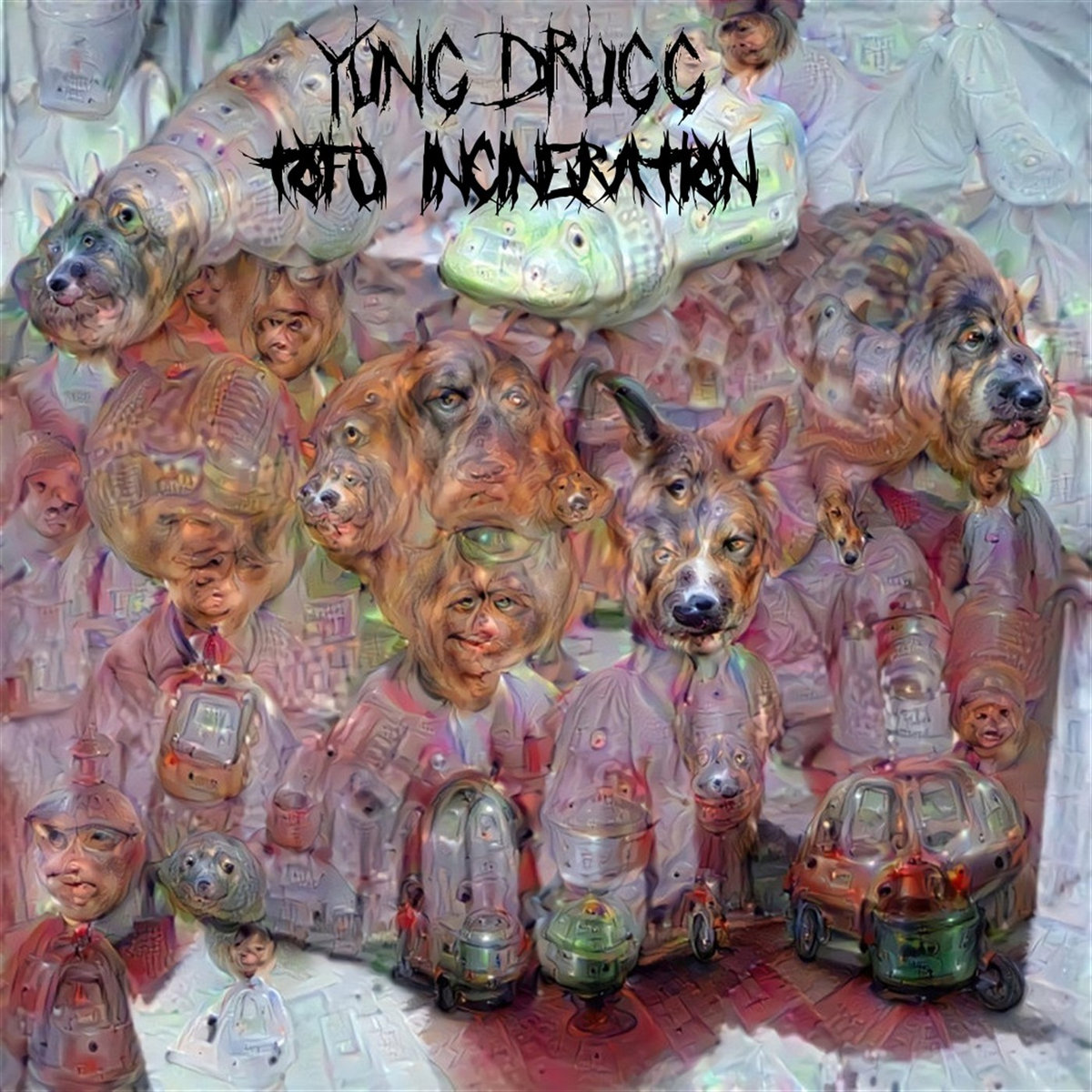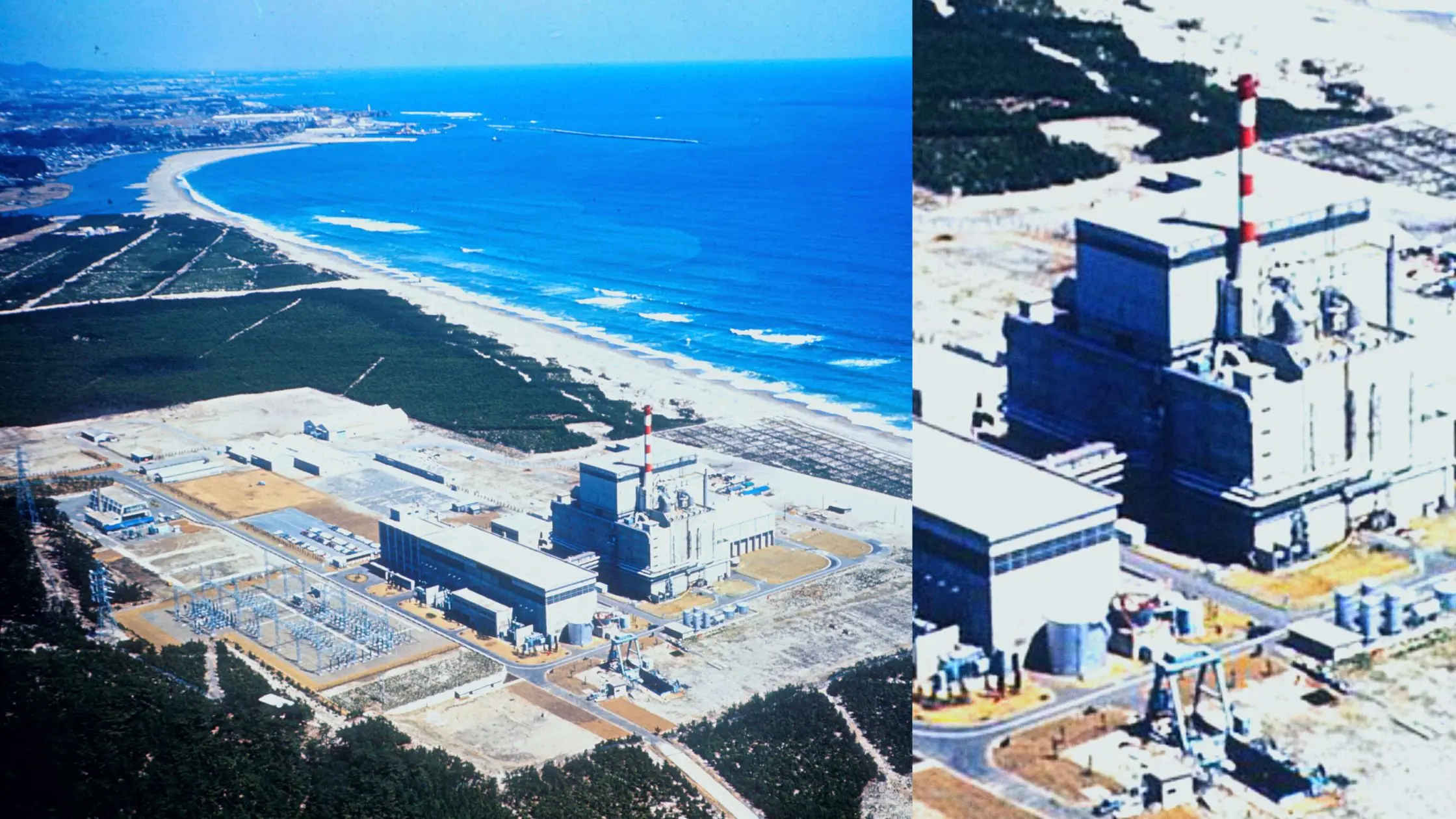Hisashi Ouchi: The Forgotten Hero Of Fukushima's Nuclear Crisis
Hisashi Ouchi's story is one that deserves to be remembered, not just as a cautionary tale but as an enduring symbol of human resilience in the face of unimaginable adversity. His tragic ordeal during the 1999 Tokaimura nuclear accident serves as a stark reminder of the dangers inherent in nuclear technology. Yet, beyond the headlines and medical reports, there lies a deeper narrative of courage and sacrifice that continues to resonate with those who seek to understand the human cost of nuclear energy.
When we talk about nuclear disasters, names like Chernobyl and Fukushima often dominate the conversation. But Hisashi Ouchi's name deserves a place in this tragic pantheon. His story is not just about the technical failures that led to the accident but about the human toll that such events exact. His journey from a dedicated worker to a symbol of the dangers of nuclear power is both harrowing and inspiring.
As we delve deeper into Hisashi's story, we must remember that his experience is more than just a historical footnote. It's a powerful lesson about safety protocols, human error, and the importance of learning from our mistakes. This article aims to shed light on Hisashi Ouchi's life, the accident that changed everything, and the lasting impact of his ordeal on nuclear safety worldwide.
- Unveiling The Truth Is Trey Yingst Married
- Discovering The World Of Emmi Sellers A Journey Of Passion And Creativity
Table of Contents
- Hisashi Ouchi's Biography
- The Tokaimura Nuclear Accident
- Medical Impact and Treatment
- The Role of Human Error
- Improvements in Safety Protocols
- Hisashi's Legacy
- Global Impact on Nuclear Safety
- Raising Public Awareness
- Ethical Considerations in Nuclear Energy
- Conclusion and Moving Forward
Hisashi Ouchi's Biography
Early Life and Career
Hisashi Ouchi was born on December 26, 1958, in the small town of Tokaimura, Japan. Growing up, Hisashi was an ordinary guy with dreams as big as the skies above him. He worked hard, graduated from high school, and eventually landed a job at the JCO nuclear fuel processing plant. For Hisashi, this job was more than just a way to make ends meet; it was an opportunity to contribute to Japan's growing nuclear energy sector.
Before the accident, Hisashi was known for his dedication and professionalism. His colleagues admired his work ethic and his commitment to safety. Little did they know that one fateful day in September 1999 would change everything.
Personal Details
| Name | Hisashi Ouchi |
|---|---|
| Birth Date | December 26, 1958 |
| Place of Birth | Tokaimura, Japan |
| Occupation | Nuclear Plant Worker |
| Employer | JCO Company Ltd. |
The Tokaimura Nuclear Accident
On September 30, 1999, everything changed in Tokaimura, Japan. What started as a routine day at the JCO nuclear fuel processing plant quickly spiraled into one of the worst nuclear accidents in history. The incident occurred when workers, including Hisashi Ouchi, attempted to dissolve uranium oxide in a precipitation tank, bypassing standard safety procedures. The result? A criticality accident, where a self-sustaining nuclear chain reaction occurred, releasing massive amounts of radiation.
- Unveiling The Truth Behind Talissa Smalley Leaked A Deep Dive
- Unveiling The Life Of Seargeoh Stallone A Journey Beyond The Spotlight
What Went Wrong?
- Improper mixing of uranium solution
- Failure to follow established safety protocols
- Lack of proper training for employees
The accident wasn't just a failure of equipment; it was a failure of oversight, training, and accountability. Hisashi and his colleagues were caught in the crossfire of these systemic failures.
Medical Impact and Treatment
When the criticality accident occurred, Hisashi Ouchi was exposed to an unprecedented level of radiation—over 17 sieverts, a dose that far exceeds the lethal threshold. The immediate effects were catastrophic. Hisashi suffered from severe burns, organ failure, and extensive damage to his DNA. Doctors described his condition as "beyond anything they had ever seen."
Hisashi's Battle for Survival
Hisashi's treatment became a medical marvel, with doctors from around the world consulting on his case. Skin grafts, blood transfusions, and experimental treatments were all part of the desperate effort to save his life. Despite their best efforts, Hisashi's body was simply too damaged. After 83 days of intense medical intervention, Hisashi passed away on December 21, 1999.
Hisashi's ordeal wasn't just a medical challenge; it was a testament to human resilience and the lengths to which medical professionals would go to save a life.
The Role of Human Error
It's easy to point fingers and blame individuals, but the truth is that the Tokaimura accident was a perfect storm of human error, corporate negligence, and systemic failures. The workers involved, including Hisashi, were following instructions that were dangerously flawed. The lack of proper training and the pressure to meet deadlines contributed to the disaster.
Lessons Learned
- Improved training programs for nuclear plant workers
- Stricter enforcement of safety protocols
- Increased transparency and accountability in the nuclear industry
Hisashi's story serves as a powerful reminder of the importance of vigilance and adherence to safety standards in high-risk industries.
Improvements in Safety Protocols
In the wake of the Tokaimura accident, significant changes were implemented to enhance safety protocols in nuclear facilities worldwide. Regulatory bodies tightened their oversight, and companies were forced to reevaluate their safety practices.
Key Changes
- Enhanced employee training programs
- Regular safety audits and inspections
- Improved emergency response procedures
While these changes can never bring back Hisashi Ouchi, they represent a commitment to preventing similar tragedies in the future.
Hisashi's Legacy
Hisashi Ouchi's legacy extends far beyond the confines of the JCO plant. He became a symbol of the dangers of nuclear energy and the importance of safety in its pursuit. His story continues to inspire discussions about the ethical implications of nuclear technology and the need for transparency in the industry.
Remembering Hisashi
Every year, on the anniversary of the Tokaimura accident, people gather to remember Hisashi and the lessons his story teaches us. His sacrifice serves as a constant reminder of the human cost of nuclear energy and the responsibility we all share to ensure that such tragedies never happen again.
Global Impact on Nuclear Safety
The Tokaimura accident had a ripple effect that extended far beyond Japan. It prompted a global reevaluation of nuclear safety standards and led to significant improvements in the industry. Regulatory bodies around the world took notice and implemented stricter guidelines to prevent similar incidents.
International Cooperation
One of the most significant outcomes of the accident was increased international cooperation in nuclear safety. Countries began sharing best practices and working together to develop comprehensive safety frameworks. This collaboration has helped to create a safer nuclear energy landscape worldwide.
Raising Public Awareness
Raising public awareness about the dangers of nuclear energy is crucial in preventing future accidents. Hisashi Ouchi's story is a powerful tool in this effort, reminding people of the importance of vigilance and accountability in the nuclear industry.
Education and Advocacy
Organizations dedicated to nuclear safety have used Hisashi's story to educate the public about the risks associated with nuclear energy. Through documentaries, lectures, and advocacy campaigns, they continue to raise awareness and promote safer practices.
Ethical Considerations in Nuclear Energy
Hisashi Ouchi's ordeal raises important ethical questions about the use of nuclear energy. Is the pursuit of nuclear power worth the potential risks? How do we balance the benefits of nuclear energy with the dangers it poses? These are questions that continue to challenge policymakers, scientists, and citizens alike.
A Balanced Approach
A balanced approach to nuclear energy involves weighing the benefits against the risks and ensuring that safety is always a top priority. Hisashi's story serves as a poignant reminder of the human cost of neglecting this balance.
Conclusion and Moving Forward
Hisashi Ouchi's story is one of tragedy, courage, and resilience. It serves as a powerful reminder of the dangers inherent in nuclear technology and the importance of safety in its pursuit. By learning from Hisashi's ordeal, we can work towards a safer and more responsible nuclear energy future.
As we move forward, let's remember Hisashi's legacy and the lessons his story teaches us. Let's continue to advocate for safer practices, increased transparency, and a commitment to learning from our mistakes. Together, we can honor Hisashi's memory by ensuring that his tragedy never happens again.
So, take a moment to share this story, leave a comment, or explore other articles on this site. Together, we can make a difference in the ongoing conversation about nuclear safety and the future of energy.
- Kelly Monaco Unraveling The Mystery Of Her Husband
- Exploring The Intricacies Of Kim Soo Hyuns Relationship Journey

Hisashi Ouchi Images

The Horrific Tale Of Hisashi Ouchi The Man Who Survived 83 Days

Hisashi Ouchi, The Japanese Technician Who Suffered The Worst Nuclear